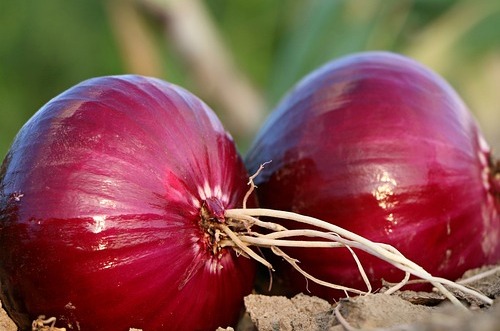Rising Prices and Export Bans in India: Is it That Time of the Year Again?

Each year onion prices in India start increasing around mid-September and record sharp spikes in October or November due to lower stocks as traders wait for the new harvest in December. For the last two years, the Indian government has prohibited the export of onions from September to protect its domestic market from supply shortages and rising prices. This impacts countries like Malaysia, Bangladesh, Sri Lanka, and Nepal, which heavily rely on India to support their onion demands. The situation is quite different this year, with onion prices significantly lower than the prices recorded in 2021. In October 2021, onion prices in India were recorded at USD 0.20 per kg, while the prices in 2022 are hovering around USD 0.11 per kg to USD 0.13 per kg. The primary reasons behind stabilised prices were an increase in production and an improvement in storage facilities.
Over the last three years, the area under onion cultivation has increased by more than 20%, which has also pushed up the production. Production in 2021-22 was about 31.70 million mt, which is an increase of 20% over the last three years. In addition, there were no major pest or disease outbreaks in the onion-growing regions, which used to be a cause of lower production. Along with a significant increase in production, there has been tremendous upgradation in the storage infrastructure for onions in India. At this point, there are enough onions stored and onions from the current season is being harvested. It is anticipated that onion prices will remain low in the upcoming weeks due to the market situation in the country.
Wholesale Domestic Onion Prices in India
Source: Tridge.
Lower prices with an ample supply in the domestic market will have a positive impact on India’s dynamic onion export market . The country exported 1.4 million mt of onions valued at USD 460 million in the financial year (FY) 2021-22, 22% more than the previous year. With a rise in onion production and an ever-strengthening USD, it is likely that the current FY will record even higher revenue from onion exports. The Indian government has been working on price stabilisation through buffer stocks in order to offer remunerative prices to onion farmers and consumers while keeping the exports of the country open. In the month of October, the demand for Indian onions is normally really high across Asia. With current prices, Indian onions are competitive in the Asian market and it is likely that the country will record a high volume of exports.





